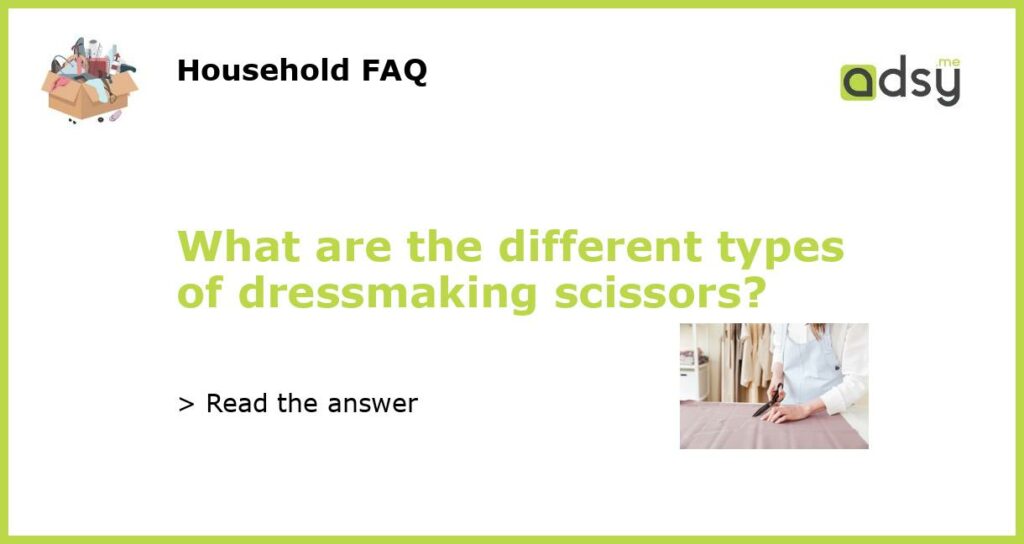Dressmaking Scissors: A Must-Have Tool in Every Seamstress’s Toolbox
Dressmaking scissors are an essential tool for any seamstress. They are designed to make clean and precise cuts in fabrics, making them a must-have for anyone who loves to sew. However, not all dressmaking scissors are created equal. There are several different types of dressmaking scissors, each with its own unique features and benefits. In this article, we will take a closer look at the different types of dressmaking scissors and what makes them a valuable addition to your sewing toolbox.
The Classic Dressmaking Scissors
First and foremost, there’s the classic dressmaking scissors. These scissors are the most commonly used and should be in every seamstress’s toolkit. They are typically 8-10 inches long, with long and sharp blades that make precise cuts through fabric easy. Additionally, many of the classic dressmaking scissors come with offset handles, which means the bottom handle is angled down, providing a more ergonomic grip while you’re cutting.
Pinking Shears
Pinking shears are specifically designed to create a zigzag edge on the fabric, which helps to prevent fraying. These scissors make it easy to quickly finish raw edges, and they are a fantastic tool to have for those who love to sew garments. Because of the unique cutting mechanism, these scissors are not suitable for cutting long, straight lines.
Embroidery Scissors
Embroidery scissors are the perfect tool for cutting small threads and tiny snips in fabrics. They come with very sharp blades that allow for precise cutting in tight spaces, making them ideal for embroidery work. The blades are also usually pointed, which makes it easy to get into small corners and to trim threads closely.
Tailor’s Shears
Tailor’s shears are longer than traditional dressmaking scissors, usually 12 inches or more. They are designed to cut through several layers of thick fabric or leather. They are heavier and sturdier than other types of scissors and are an excellent investment for those who sew frequently.
While these are just a few of the types of dressmaking scissors available, they are the most commonly used by seamstresses. Each type of scissors has unique characteristics that make it suitable for different types of sewing projects. By investing in a quality pair of dressmaking scissors, you can ensure that your sewing projects turn out beautifully every time.






